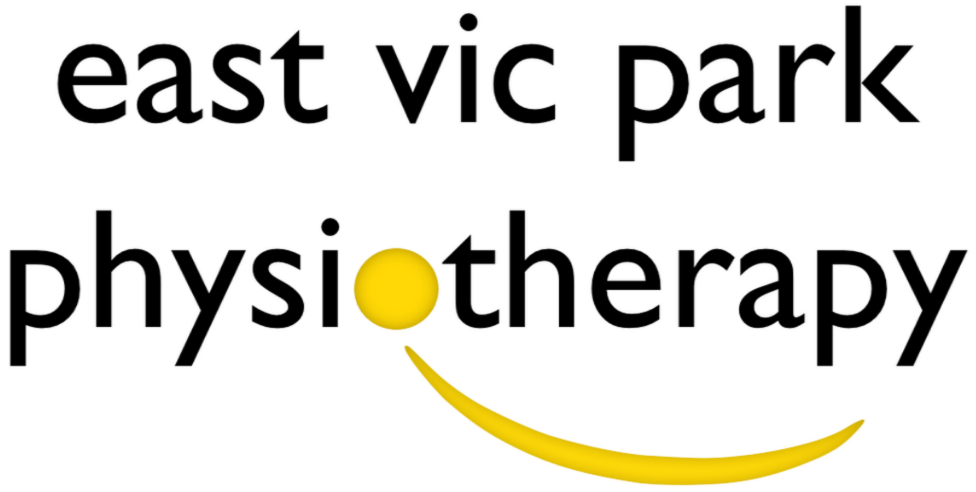A big focus of returning to activity post injury is reducing the risk of recurrence. As a physiotherapist, we can somewhat measure the risk via tests which give us values that we can A: compare to the uninjured side or B: compare to normative data that has been collated through research.
Below is a list of common “return to play” (RTP) tests which are utilised in rehabilitation post injury to inform the athlete/patient of their progress and readiness to return to normal activity.
1. Triple hop test
This test involves performing three consecutive hops in a straight line to achieve maximum distance from the starting position. This is a very useful test to measure repetitive power output as it involves maintaining explosiveness over three events rather than just one. Typically, the aim is to be within 10% distance of the uninjured side. However, there is preference (more in an elite sporting environment) that if you have the athletes baseline score, that should be the aim. If unsure of the baseline for the athlete, you can potentially use the normative values for college students which is; Female 4.28m (give or take 54 cm) and Male 5.83m (give or take 72cm).
2. Athletic shoulder (ASH) test
This is a relatively new test (2018) that focuses on isometric force production in 3 different shoulder positions. The patient/athlete lies on their stomach and pushes into a force production measuring device (eg Hand held dynamometer). This test is theorised to be useful for contact or overhead sports. Again typically you are looking for a difference of no more than 10% of the uninjured side. Gold standard would be comparing the athletes/patients baseline to their current scores.
3. Single leg squat (maximum repetitions)
This test has been around since 2002 and as an exercise before that (1998). As a test, it is used to identify movement dysfunctions like pelvic un-leveling, valgus overstrain at the knee and subtalar hyper-pronation. There is variability in the description of how to perform the test between research articles. In this example from the Melbourne ACL Rehabilitation guide, the test is called a single leg rise test and is performed by:
- Standing on one leg and having the other foot off the ground
- Sitting back to lightly touch the surface behind you which is set to 90 degrees knee and hip flexion
- Having arms crossed over chest
- Repeating for as many times as form is acceptable at a tempo of 2 seconds up and 2 seconds down
The main aims for this particular test (single leg rise) is to evaluate trunk control, hip abduction isometric strength, quad muscle eccentric control endurance and single leg balance. The test is to fatigue with normative data suggesting repetitions greater than 22 can reduce risk of re-injury. Again, a difference of no more than 10% side to side is ideal.
If you are returning from an injury and would like to be tested for readiness to return to play then book an appointment with our physiotherapists today.




